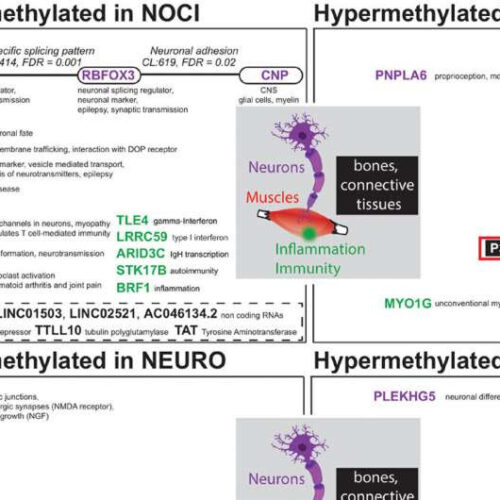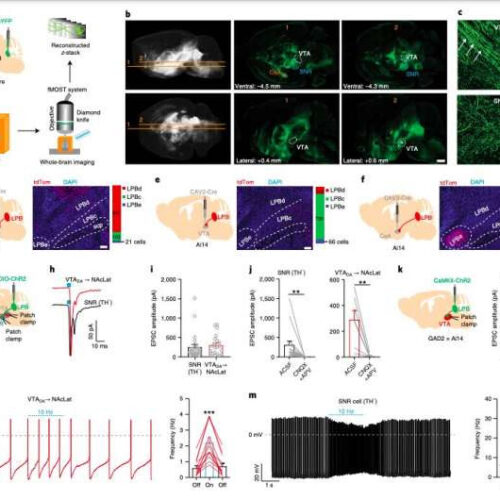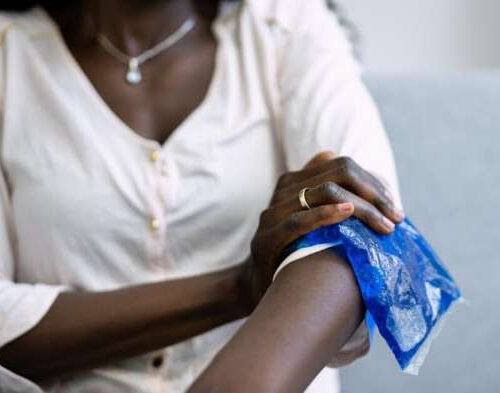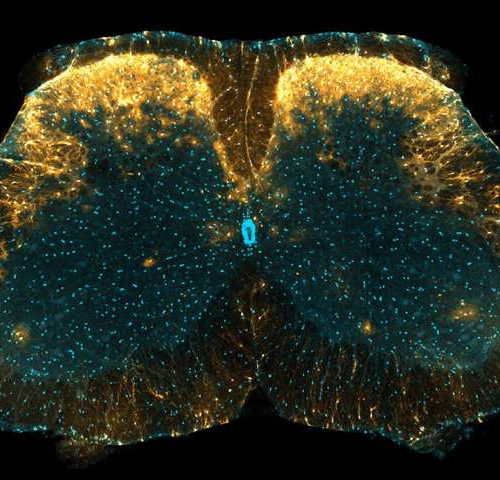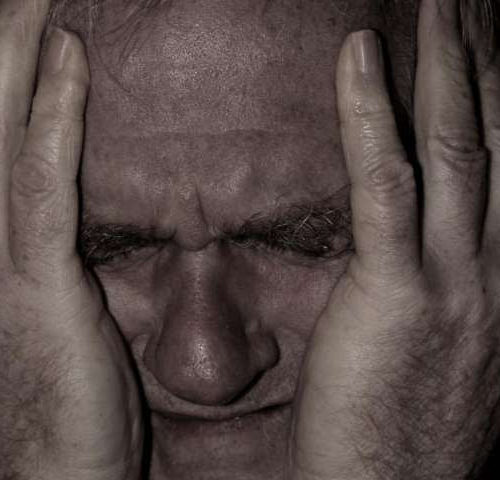by Jennifer Stranges, St. Michael’s Hospital Treatment effect on osteoarthritis pain and dropouts due to adverse events compared with oral placebo, ordered according to treatment effect size on osteoarthritis pain. Blue: oral non-steroidal anti-inflammatory drugs; green: topical non-steroidal anti-inflammatory drugs; orange: opioids. Area between dashed lines shows treatment effect estimates below the minimum clinically important difference....
Tag: <span>Pain</span>
Pain relief without side effects with promising technique
by Lund University Matilda Forni with the ultra-thin microelectrodes during production. Credit: Agata Garpenlind Researchers at Lund University in Sweden have developed a completely new stimulation method, using ultra-thin microelectrodes, to combat severe pain. This provides effective and personalized pain relief without the common side effects from pain relief drugs. The study, which was conducted on rats,...
Relieving pain by mapping its biological signatures
by University of Geneva Genes with DMRs identified in the comparison groups are shown: CTL vs. NOCI in the upper panel, CTL vs. NEURO in the middle panel, and NOCI vs. NEURO in the lower panel. For each comparison, genes with DMRs were segregated according to the direction of the methylation changes observed: hypomethylation in the...
Identifying a neural circuit involved in how pain modulates dopamine neurons
by Ingrid Fadelli , Medical Xpress Functional neuroanatomy of LPB projections to the ventral midbrain. a, Experimental design. b, Whole-brain fluorescence image showing LPBVGLUT2 projections (eYFP, green; upper row, horizontal; lower row, sagittal). VTA, SNR and CeA are highlighted in different colors (scale bar, 1 mm). c, LPBVGLUT2 terminals and fibers of passage (white arrows) in...
Hot pack or cold pack: Which one to reach for when you’re injured or in pain
by Andrew Lavender, The Conversation Credit: Shutterstock When you injure yourself, you may reach for a hot or a cold pack. Which option is better depends on the nature of your pain, what caused it and how long you’ve had it. Heat therapy, sometimes called thermotherapy, involves applying heat to an injury or painful area on the...
Study suggests a single skills-based session on pain management packs a punch
by National Institutes of Health Credit: CC0 Public Domain A single two-hour session of a pain management skills class could offer as much benefit as eight sessions of cognitive behavioral therapy (CBT) for patients experiencing chronic low-back pain (CLBP), suggests a study published in JAMA Network Open. Supported by the National Center for Complementary and Integrative Health...
No pain, no gain in exercise for peripheral artery disease
by Marla Paul, Northwestern University Credit: Pixabay/CC0 Public Domain No pain means no gain when it comes to reaping exercise benefits for people with peripheral artery disease (PAD), reports a new Northwestern Medicine study. In people with peripheral artery disease, walking for exercise at an intensity that induces ischemic leg pain (caused by restricted blood flow) improves walking performance—distance and length...
What to know about pain in the front of the knee
Some causes, such as a minor injury or bruising, may heal without intervention. However, other underlying issues may require treatment. If a person is concerned about pain in their knee, they should consider contacting a doctor. The knee is a complex joint, as it is the meeting point of various bones, muscles, and connective tissues....
New mechanism of pain control revealed
by Kyushu University Marked as concentrated yellow here, a unique population of astrocytes in the dorsal horn of the mouse spinal cord have been found to play a role in controlling pain. Credit: Kyushu University Researchers in Japan have revealed a previously unknown mechanism for pain control involving a newly identified group of cells in...
Brain waves can be used to predict future pain sensitivity
by University of Birmingham Rhythms produced by the brain can reliably be used to predict how sensitive we are to pain, new research shows. The living brain is constantly producing regular rhythmic patterns of activity, which can be compared to musical notes. Scientists at the University of Birmingham in the UK, and the University of...

